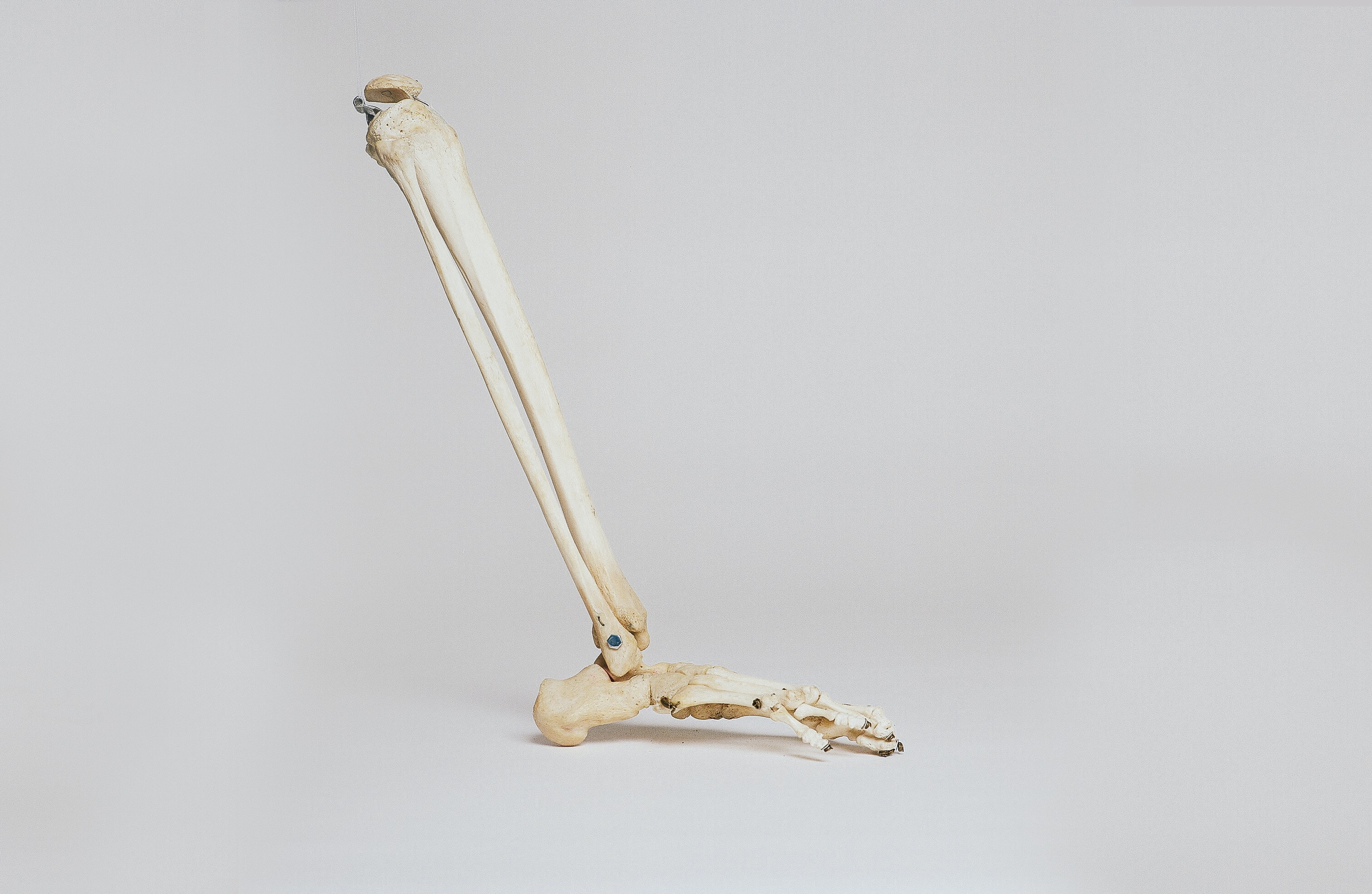
Market & Competition
QuantiPedics, in partnership with Ossur, is defining a new space for biomechanical testing fixtures .

V3: The First Player in the Market
Our device is novel and so is the market we are creating. The current industry method of validating effectiveness of commercial knee braces lies in live patient clinical trials or cadever biomechanical testing. While V3 is not an anatomic replica of the knee, it effectively functions to measure the moment forces active in the the knee brace and knee joint complex in a quantitative, reliable, and reproducible manner. As of yet, there exists no commercial mechanical testing device focused on verifying the unloading efficacy of knee braces on the market.
Current Competition/Test Methods
Live Patient Knee Brace Validation
Clinical trials are the main method of evaluating knee brace efficacy. Such tests predominantly relay semiquantitative, self-reported evidence through the employment of questionaires and visual scales such as:
- Visual Analogue Scale (VAS)
- Quality of Life Scale (QOLS)
- Knee Injury and Osteoarthritis Outcome Score (KOOS)
- Knee Society Score (KSS)
- Western Ontario and McMaster Universities' Arthiritis Index (WOMAC)
- International Physical Activity Questionaire
Cadaver Knee Brace Validation
Cadavers are also used for biomechanical knee brace testing. Yet less literature is available on the use of cadavers with unloader braces. They are mainly used to test stability braces that restrain an indivduals movement post-knee surgery. It is reported that this method of testing is less sought after due to:
- Difficulty in obtaining specimen that fit the age group of the average knee OA patient
- Inadaquate cadaver tissue compliance compared to living tissue that leads to non-uniform biomechanical output data